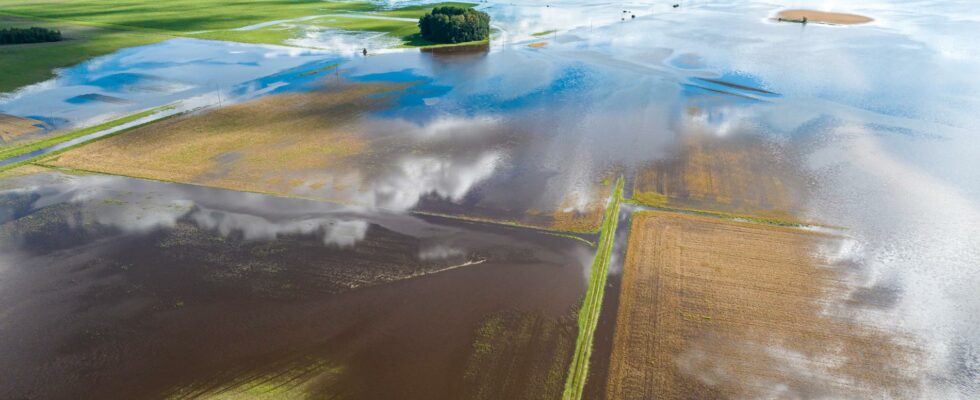unsaveSave
expand-left
full screen Genre image: Rainfall and plant photosynthesis affect carbon dioxide emissions, new study shows. Photo: Jimmy Wixtröm
If the soil is moist, global warming can accelerate carbon dioxide emissions from ecosystems. This is shown by a new study. Water therefore has a decisive role in how much carbon dioxide the plants produce.
For the first time, the researchers can show that there are threshold values for what precipitation does to ecosystems. The ground needs to be sufficiently moist for plants and organisms that live there to have an increased metabolism, which leads to carbon dioxide emissions. If it rains too little, the activity stops.
– All organisms need water to live, and both plants and microorganisms in the soil lower their metabolism in dry conditions, which means that ecosystems release less carbon dioxide when the soil is dry, says Stefano Manzoni, researcher in natural geography at Stockholm University and co-author of the study , a press release.
The discovery, published in Nature, can increase the understanding of how climate change affects different parts of the world. Areas where precipitation does not reach critical thresholds may be less sensitive to warming.
– To increase our understanding of where and when water becomes limiting, as well as the net effect on carbon dioxide emissions, we need to do more research on hydroenvironments and future changes in the water cycle, Jerker Jarsjö, professor at Stockholm University, comments on the study.
